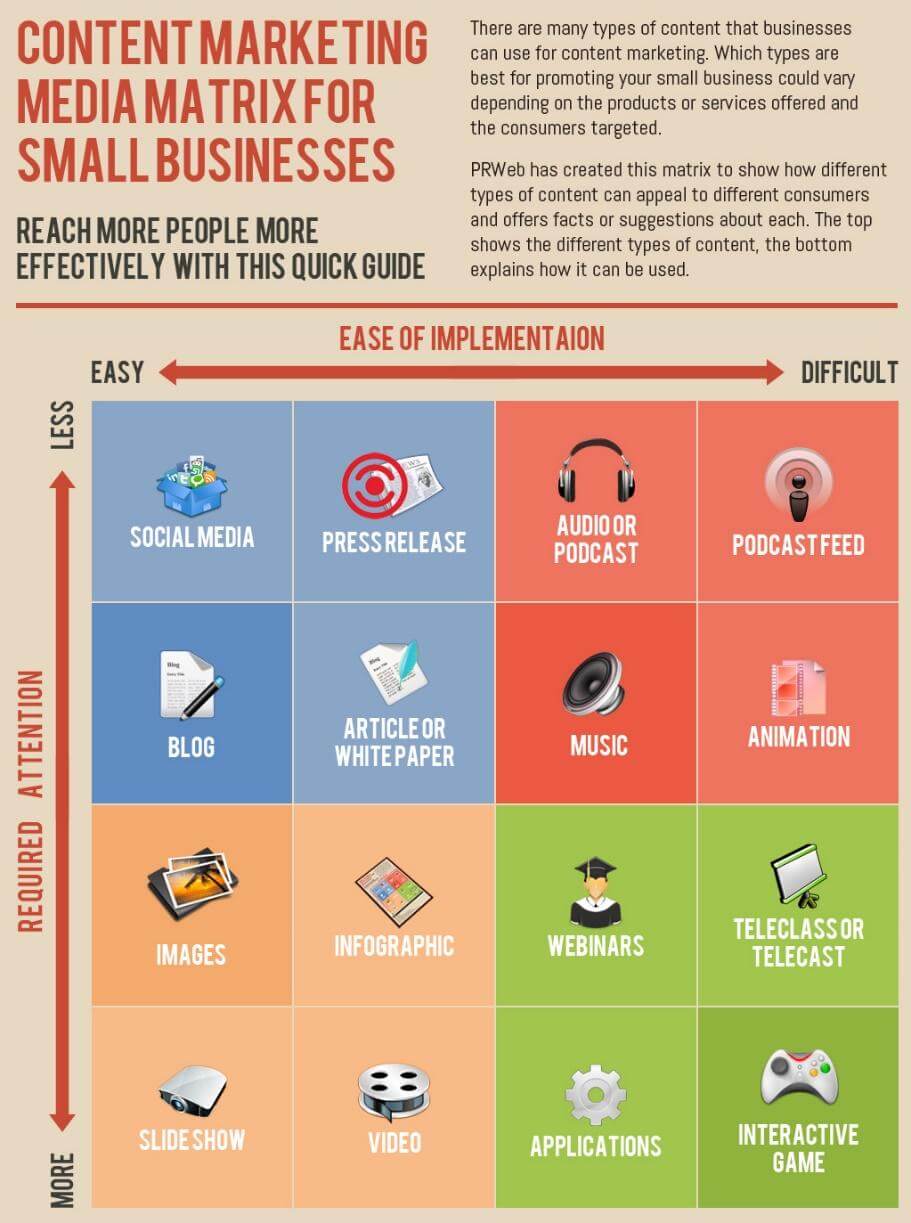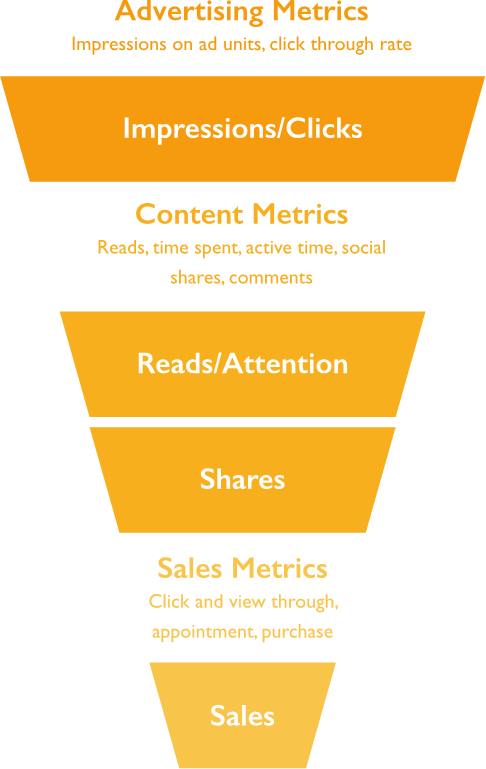Epic Guide To Content Marketing: Part 1 – Choosing the Right Content Format

With every new platform that emerges, the list of content formats available to marketers grows exponentially and we start asking ourselves questions like:
- Should I focus on blog posts or podcasts?
- Should I create images or videos in Instagram?
- What the heck is a Boomerang?
It can all be a little overwhelming.
When deciding on the right format for your editorial mix, the following excerpts from Pressboard’s Epic Guide To Content Marketing will help you determine which content formats are best for your brand to pursue.
Choices should be made based on available resources, what your audience values, and what format generates the best return on investment (ROI).
Let’s break each of those variables down to get a better understanding of how they affect your content marketing program.
What do I have the time/resources/budget to create?
Understanding the amount time, resources and budget you can allocate towards content creation is the first step in deciding what formats to choose.
|
|
(Source: PRWeb)
The content marketing media matrix above does an excellent job comparing the amount of time and budget required to create particular types of content versus the attention required to consume them.
Don’t think of it as a complete list of the content formats available (here’s a list of 105 of them), but rather a tool to help best allocate your resources.
Does your brand have a lot of resources but an audience that prefers easily-digestible content?
If so, podcasts or animated videos could be a great investment.
On the opposite side of the spectrum, if your audience has a high attention span but you have limited time and budget to devote to content, then infographics or e-books could be great options.
Most marketers have a clear idea of their content budget, but struggle to quantify time as a resource.
The best way to determine how much time is needed for different types of content is by setting specific goals and deadlines for every piece and tracking those with one of the many project management tools available.
With a finished product in hand, you’ll be able to look back and see how the project came together compared to your original timeline and you’ll have a better understanding of the resources needed next time.
Keep in mind that as you get more experience with a certain format, you will be able to create it faster up to a certain extent.
2. What does my audience want?
Many content marketers, myself included, fall into the trap of being so busy creating, that we fail to take the time to analyze and learn from all of the data generated.
Take a good look back into what your brand has created and it should be fairly obvious what resonates with your audience.
Pressboard’s Epic Guide to Content Marketing has an entire section devoted to the content marketing metrics you should pay attention to.
For brands just getting started with content marketing, the best place to look is externally.
What formats are being used in your industry?
What kind of content is working well for your competitors?
There’s no shame in emulating that to start.
This post details 7 ways you can monitor your competitors.
From there you can look to see if there are identifiable gaps in the content your brand is creating.
As your content efforts mature, creating audience profiles is a great exercise to understand the formats that different segments of your audience like.
3. Which formats are paying off?
Looking back and measuring the performance of your content not only helps you understand what your audience likes, but is fundamental in determining your ROI.
Every brand will have different definitions of what constitutes a return, and that return can even vary among different platforms and formats.
The funnel below helps to visualize the various advertising, content and sales metrics that you should be evaluating.
|
|
Traditional digital advertising metrics focus on impressions and clicks, and can contribute to ROI directly or indirectly. A click-through might lead directly to a lead or purchase, or it might only be the individual’s first experience with a brand.
Good content metrics look at what happens after the click, taking into account time, attention, reading behavior, sharing and feedback.
Sales metrics go a step further and analyze how exposure to each piece of content translates into traffic to your site, people in your stores and sales in your tills.
Track all of these metrics and calculate the ROI from different content formats, then adjust your efforts based on the results.
Conclusion
The possibilities with content marketing are endless, but don’t let that overwhelm you. New platforms and formats will continue to emerge at a rapid rate.
That feeling that you should be creating more can be hard to shake, but a solid understanding of why you work with the formats you do will help to curb it.
Get back to basics and make format decisions based on available resources, what your audience values, and what generates the best ROI.












